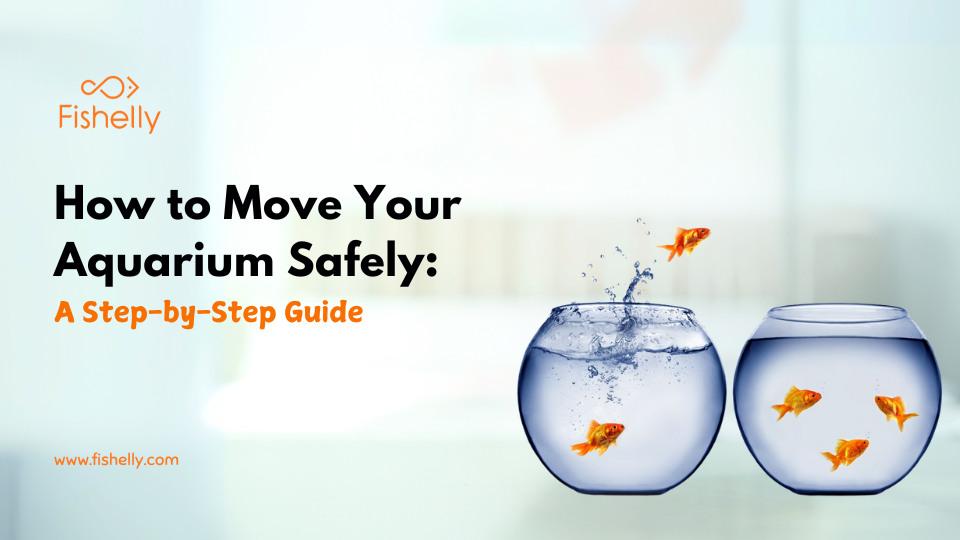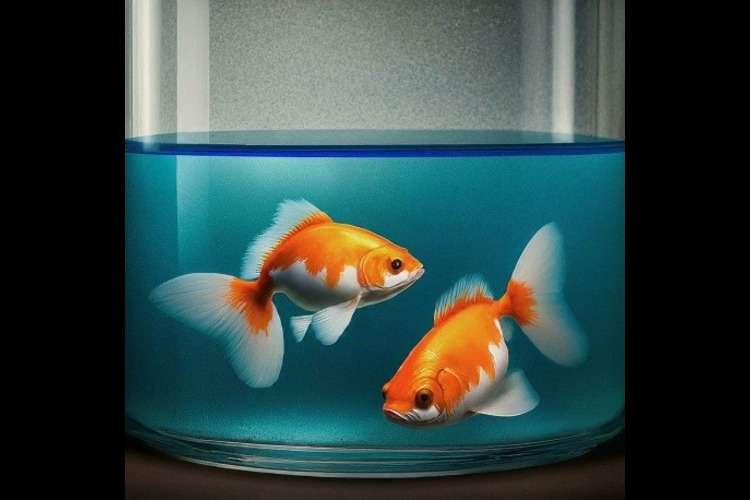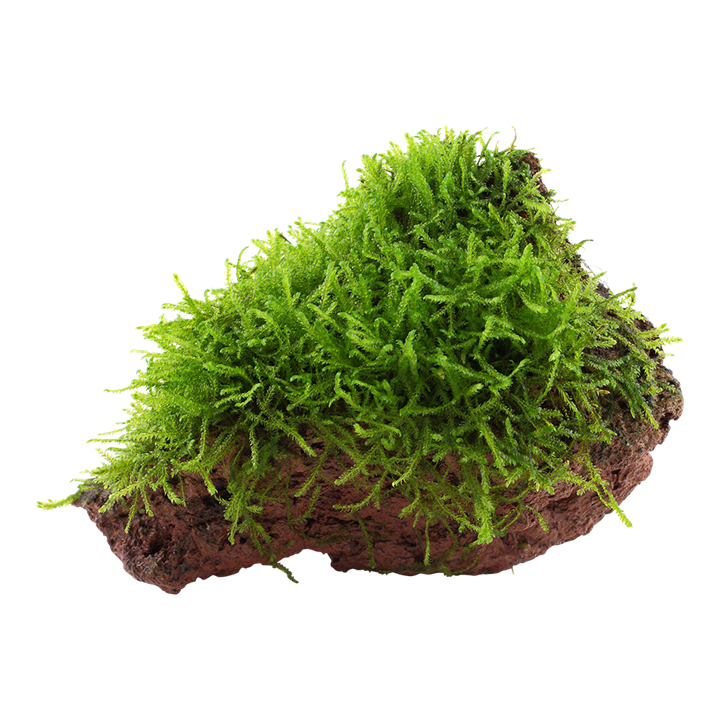How to Move Your Aquarium Safely: A Step-by-Step Guide
Learn how to move your aquarium safely with this step-by-step guide. Relocate fish and tanks stress-free while preserving a healthy aquatic environment.
Table of Contents
- Plan the Details and Gather Supplies
- Ready the Fish
- Remove Decoration and Equipment
- Drain the Water
- Protect the tank
- Transporting the aquarium
- Set up the aquarium at the new location
- Add the fish back
- Draw Lessons
- Faq
- Conclusion
Moving an aquarium requires a lot of time and skill to do so. However, with the right steps, you can ensure the transition is smooth for both fishes and aquarium. Hence, the moving process can be made safe by following this step-wise moving procedure.
Plan the Details and Gather Supplies
You need to gather all you will use for the move before you begin:
· Buckets or big containers for water removal
· Transport bags for your fish or temporary holding tank
· Water conditioner for fish bags
· Towel and blanket to cover up the tank
· Clean containers for decorations and equipment
· Foam or padding for support
Ready the Fish
One of the most important aspects in moving an aquarium is to ensure that your fish are safe during transport:
Catch the fish: Gently net the fish into transport bags or a temporary holding tank.
Utilize water from the aquarium: Fill the transport bags with water from the aquarium to help the fish acclimatize.
Add air: Leave it full of air space so the fish can breathe, but don't have it too crowded.
Keep them warm: Keep the fish at a cool, stable temperature whilst moving.
Remove Decorations and Equipment
Start by removing every decoration, plant, and equipment from the tank:
Remove decorations: Gently remove any decorations, rocks, or plants, and then place them into clean containers.
Remove equipment: Disconnect and remove the filter, heater, and any lights. Clean them up and pack them securely away for the move.
Drain the Water
Next, you will have to remove enough water from the tank so as to reduce the weight and stave off spillage:
Drain about 75 to 80% of the water: Utilize buckets to remove the water. This water might be set aside to be reused for filling the tank after the moving.
Leave some water left: It is good to leave some water in the tank, which will keep the biological filter and protect beneficial bacteria.
Protect the tank
You must protect the aquarium during transport:
Wrap the aquarium: Use foam padding, towels, or blankets to wrap the aquarium on all sides. This supports and protects the aquarium during transit.
Lift with caution: If your tank is large, get help from a second person to lift it. Do not tilt or drop the tank.
Transporting the aquarium
Once the tank is secure, it is time to move it to its new home:
Transport upright: Always carry the tank in an upright position so as not to create undue pressure on the glass.
Keep it stable: Make sure that the tank is securely fastened in your vehicle so that it does not slide in any direction.
Set up the aquarium at the new location
Now you are at the new house so you can set the tank:
Make sure tank is on location: Make sure the surface is stable and level. Placed the aquarium in a lit and safe location.
Reassemble equipment: Put back decorations and equipment inside. Set up the filter, heater and lights, and plug them in.
Fill the tank: Refill the tank with saved water and top up with fresh water, if required.
Add the fish back
It is now time to place the fish back into the tank:
Acclimate the fish: Place bags or temporary tank with the fish in the new aquarium for 15-20 minutes to allow temperature equalization.
Release fish: Ease the fish into the tank, so they can adjust to the different conditions.
Draw Lessons
After the move is complete, keep a close watch on your aquarium for any abnormal signs:
Check the water: Verify that the water temperature, its filtration, and quality are all stable.
Watch for fish movement: Be alert to your fish adjusting to their new surroundings and, if you see any stress at all, take action.
Any modifications required: If you pick up on signs of stress or any problem with your water quality, take immediate steps to resolve it.
Faq
1.What supplies do I need to move my aquarium?
You'll need buckets, transport bags, water conditioner, towels, foam padding, and clean containers.
2.How should I prepare my fish for the move?
Place fish in transport bags with aquarium water, leave air space, and maintain a stable temperature.
3.Do I need to remove decorations and equipment from the tank?
Yes, remove decorations and disconnect equipment like filters and heaters.
4.How much water should I drain from the aquarium?
Drain 75-80% of the water, leaving some to maintain bacteria.
5.How can I protect the aquarium during transport?
Wrap the tank with foam, towels, or blankets, and lift carefully.
6.How should I transport the aquarium?
Transport upright and secure it in your vehicle.
7.How do I set up the aquarium in the new location?
Place the tank on a stable surface, reassemble equipment, and refill with saved water.
8.How should I acclimate and release my fish back into the tank?
Allow the fish to acclimate for 15-20 minutes before gently releasing them.
9.What should I do after setting up the aquarium?
Check water quality and observe the fish for stress.
10. How can I ensure my aquarium remains healthy after the move?
Monitor water quality and fish health, and address any issues promptly.
Conclusion
By abiding by this guideline, you'll allow your aquarium and all of its inhabitants to make the transition as smooth as possible. The patience that goes into this careful movement is dependent on preparation above all.

















